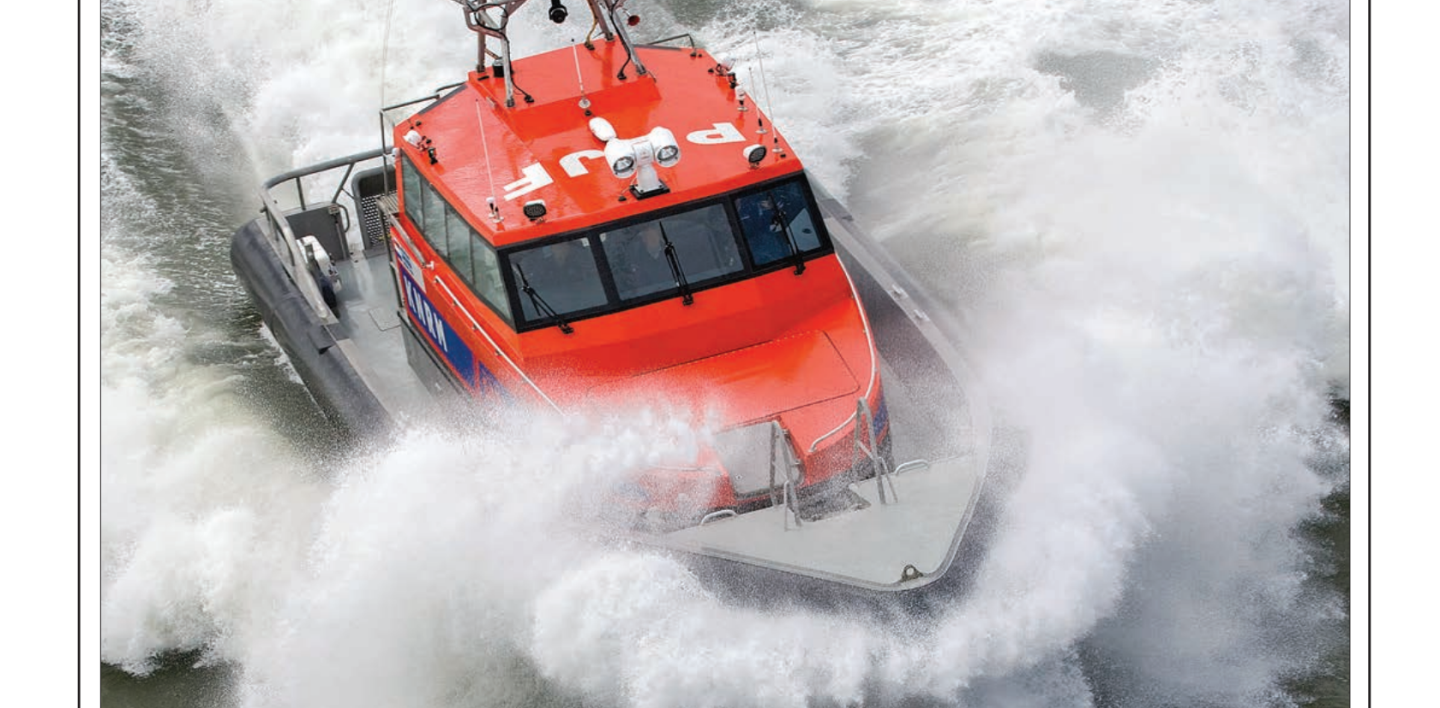As awareness of impact injuries on high-speed boats grows, research and debate thrive in the quest for strategies to accurately measure slamming and for practical rules that will keep boaters safe.
Download full article: Impact Exposure & Standards, ProBoat 149
For generations, boaters have experienced the dangers of slamming at speed in rough conditions. Only relatively recently have the causes of injuries on slamming high-speed craft been the subject of more in-depth research, sponsored mainly by military and coastguard agencies in various countries.
Currently, a number of national and international regulatory and certification organizations publish specific standards intended to limit impact exposure on boat passengers and operators. While it is well known in the scientific community that acute injury in slamming events results from impact, not from vibration, most of these standards are based on different methods of reducing complex whole body vibration (WBV) exposure data to simple single-figure values.
Why has WBV come into this equation?
The short answer is because in the absence of previous standards regulating or limiting exposure to impacts, the European Union committee chose the closest to equivalent ones they could find: ISO standards developed to limit exposure of vibration in trucks and forestry machines.
There’s no question that exposure to vibration is not good. Vibration can cause various health problems including accelerated ageing of spinal disks and cartilage. Those problems contribute to cumulative injuries that can weaken structures and increase the risk of acute injury. However, acute injury is most commonly triggered by impacts.
The most severe injuries caused by slamming in highspeed boats include fractures in vertebrae and extremities, and ruptures of intervertebral disks including those in the neck.
Distortions, chiefly sprains or tearing of soft tissue, are common too but
normally less serious, unless they hit the cervical spine (neck). Then they can act like whiplash injuries resulting in severe, permanent pain and disability. Any weight added to a head—helmets and nightvision goggles—increases the risk of impact induced injury.
Pain is a physiological function that tells us what not to do, so it’s a good rule of thumb for boat operators and passengers that anything that hurts is potentially injurious. It is wise not to travel in highspeed craft in such a way that causes severe discomfort or any pain, regardless of whether measured impacts register 4 g or 13 g.
Similarly, it’s dangerous to assert that certain wave/wind conditions and directions are more dangerous than others. Head seas may result in harder slamming, but injuries can occur regardless of wave direction.
The risk of acute injury (structural failure of anatomic structures) is proportional to the level of energy absorbed from a particular slam, and the energy acting on the body is proportional to the acceleration level and duration of each impact. When compression or shear forces acting on the spine exceed the strength of its
structure, mechanical failure results. A single impact can cause such structural failure and injury in the body but might not register as potentially harmful under specific standards. The total number of impacts sustained in a certain time period is also relevant, as repeated shock loads seem to increase the risk of injury.








